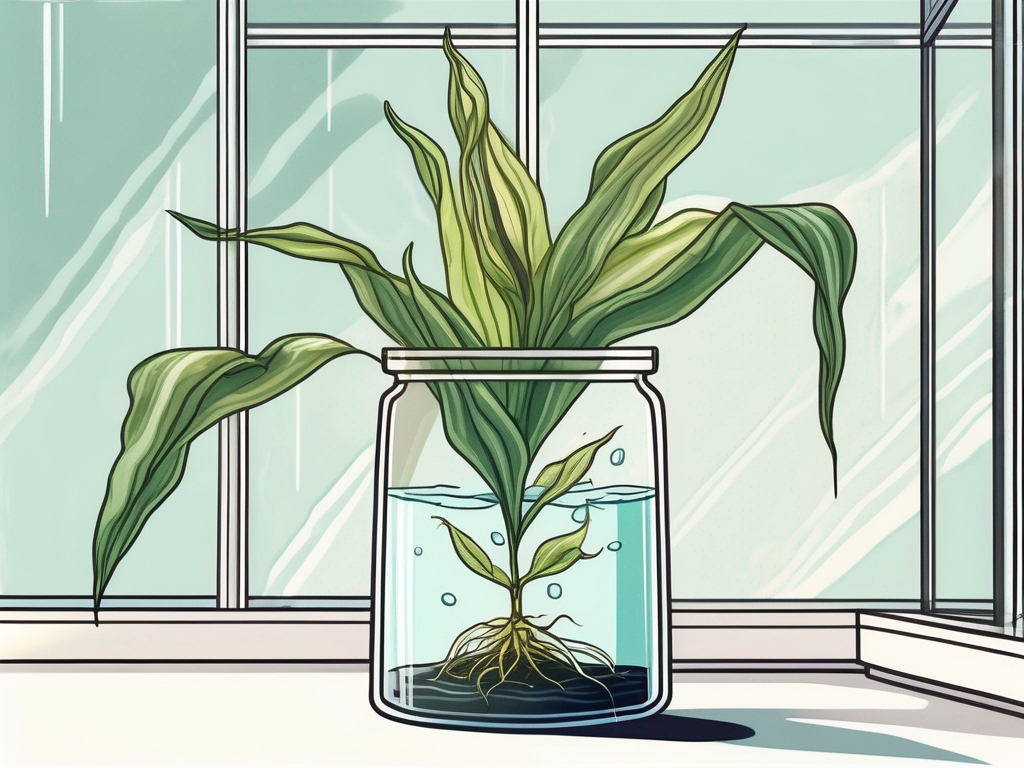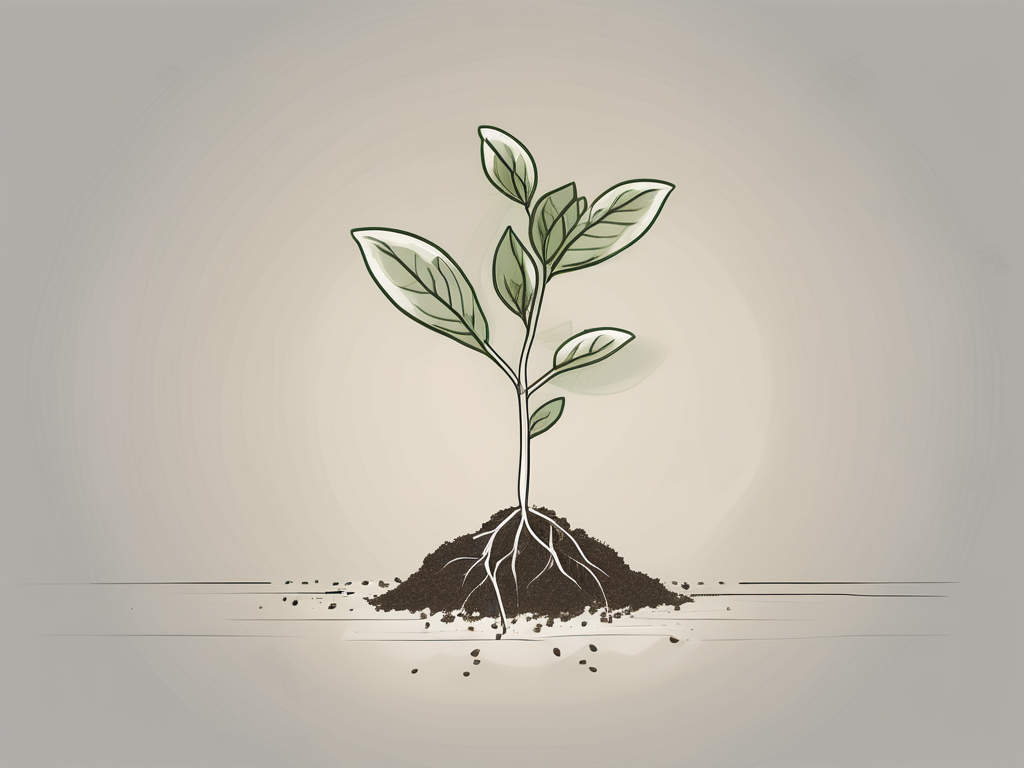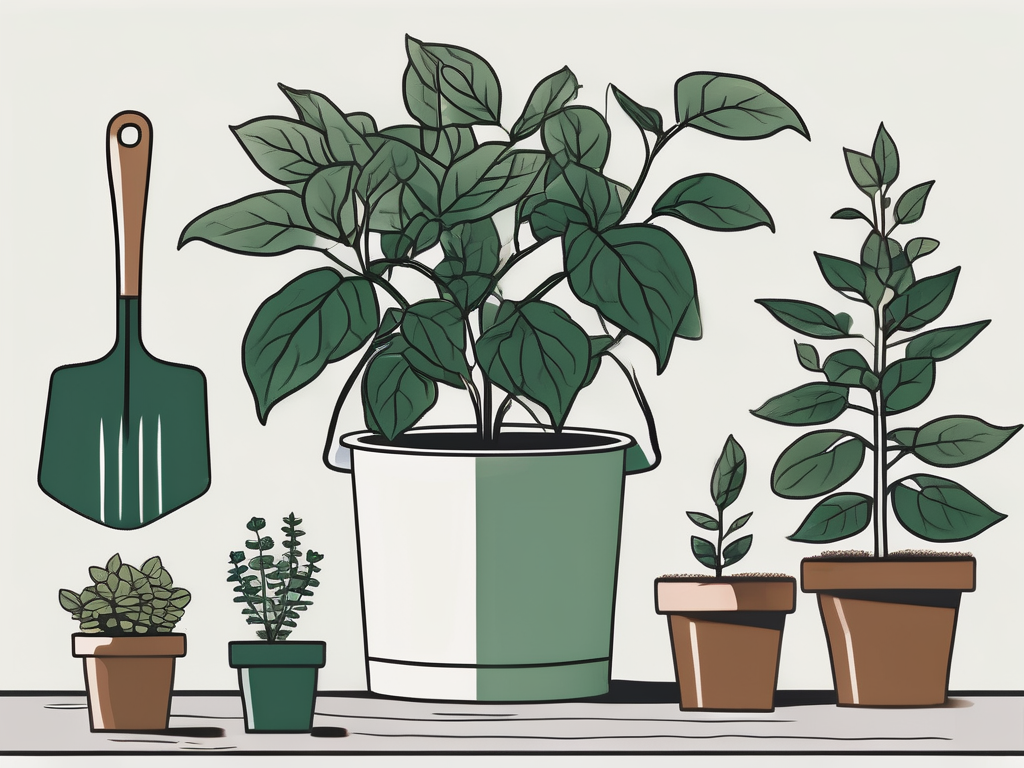
So you’re interested in propagating a corn plant (Dracaena fragrans) in water? You've come to the right place! Corn plants are popular indoor plants known for their striking foliage and easy-going nature. Propagating them in water can be a fun and rewarding experience, even if you’re just starting your plant journey.
In this article, I’ll walk you through the entire process of propagating corn plants in water. We’ll cover everything from selecting the right stem to the nitty-gritty of caring for your new plant baby. By the end, you’ll be equipped with the knowledge to grow your own plant collection effortlessly.
Selecting the Right Stem for Propagation
Picking the right stem to propagate is crucial for success. Not every stem will give you the results you’re hoping for, so it’s important to know what to look for. First off, you’ll want a healthy stem that shows no signs of disease or pest infestations. A healthy stem is your ticket to a thriving new plant.
Choose a stem that's about 4 to 6 inches long. Why this length? It’s just long enough to have a few leaves, which are vital for photosynthesis, but not so long that it becomes unwieldy in your water jar. Plus, a stem this size is easy to manage and won’t topple over as it grows roots.
It’s also important to look for a stem with a node. A node is a small bump on the stem where leaves and roots naturally emerge. This is where the magic happens—roots will sprout from the nodes, so having at least one node submerged in water is essential.
Cutting and Preparing the Stem
Once you’ve selected your stem, it’s time to make the cut. Use a clean, sharp knife or pair of scissors. Cleanliness is key here—dirty tools can introduce bacteria or fungi, which could harm your plant.
Make your cut just below a node. It’s a good idea to angle your cut to increase the surface area for root growth and also to avoid water pooling on top of the cut, which can lead to rot. Once you’ve made your cut, remove any leaves from the lower part of the stem, especially those that might be submerged in water. Leaves in water can rot and create a mess, not to mention potentially harm the developing roots.
Some folks dip the cut end in rooting hormone to encourage faster root growth. While this step isn’t necessary, it can give your plant a little boost if you’re impatient to see those roots!
Setting Up Your Water Propagation Station
Now comes the fun part—setting up your propagation station. You’ll need a clear container, like a glass jar or vase, so you can easily monitor root growth. Make sure it’s clean to prevent any unwanted bacteria or algae from joining the party.
Fill the container with fresh, room-temperature water. Tap water is usually fine, but if you know your tap water is high in chlorine or fluoride, you might want to use filtered or distilled water instead. These chemicals can sometimes harm sensitive plants.
Place your stem in the water, ensuring that at least one node is submerged. If you’re using a large container, you might need to prop the stem up with stones or marbles to keep it in place. Just like a supportive friend, the right setup will hold your plant steady while it grows.
Caring for Your Propagating Corn Plant
With your plant set up in its new watery home, it’s time to talk care. Place your jar in a spot with bright, indirect sunlight. Direct sunlight can be too harsh and might scorch the leaves, while too little light will slow down the root growth.
Change the water every week or so. Fresh water means more oxygen, which is crucial for healthy root development. Plus, it keeps things clean and prevents any unwanted algae or bacteria from setting up shop.
Keep an eye on the water level, too. As it evaporates, you’ll need to top it up to ensure the node remains submerged. It’s a bit like keeping an eye on a simmering pot—you don’t want it to dry out!
Watching for Root and Plant Growth
Patience is your best friend during this stage. It may take a few weeks for roots to appear, so don’t fret if things seem slow at first. You’ll know you’re on the right track when you start seeing tiny white roots emerging from the node.
Once the roots are about 1 to 2 inches long, your new plant is ready to transition to soil. Of course, you can keep it in water if you prefer the look of a water-grown plant, but if you’re aiming for a more traditional houseplant, potting it in soil will give it the nutrients it needs to thrive.
While waiting, keep an eye out for any signs of trouble, like rotting stems or discolored leaves. If you notice anything amiss, it might be worth taking the plant out, trimming off any bad parts, and starting with fresh water.
Transplanting to Soil
If you’ve decided to move your corn plant to soil, congrats! This is an exciting step. Choose a pot with good drainage and fill it with a well-draining potting mix. A mix designed for houseplants or one with added perlite or sand works great.
Gently place your rooted stem into the soil, being careful not to damage those fragile roots. Cover them with soil and water thoroughly to help settle the plant into its new home.
Place the pot in a spot with bright, indirect light, and continue to water when the top inch of soil feels dry. Your corn plant will likely take a little time to adjust, so don’t worry if growth seems slow at first. New roots need time to get used to their soil environment.
Common Challenges and Solutions
Propagating plants comes with its own set of challenges, but don’t let that discourage you. Here are some common issues you might face and how to tackle them:
- Root Rot: This can happen if the stem is sitting in water that's not changed often. If you notice a foul smell or mushy roots, trim away the rotten parts and start with fresh water.
- Slow Root Growth: If roots aren’t appearing, consider moving the jar to a spot with more light or using a rooting hormone.
- Algae Growth: If the water turns green, it's likely algae. Change the water more frequently or move the jar to a slightly shadier spot.
Remember, every plant is unique, and sometimes they just need a little extra TLC to get going.
Decorating with Your New Corn Plant
Now that you have a new corn plant, it’s time to think about how to incorporate it into your home. Corn plants are versatile and can thrive in a variety of settings, making them a great addition to any room.
Consider placing your plant in a stylish pot that complements your decor. If you’ve kept it in water, a decorative glass vase can make a beautiful centerpiece for a table or windowsill. With their tall, upright growth, corn plants are perfect for filling vertical space and adding a touch of green to corners or next to furniture.
Mix and match with other plants to create a mini indoor jungle. Pairing your corn plant with smaller, bushier plants can create an interesting contrast and add variety to your living spaces. Just like decorating a room, the key is to find a balance that feels right to you.
Final Thoughts
Propagating a corn plant in water is a simple yet rewarding task that any plant lover can enjoy. From selecting the right stem to watching those first roots appear, each step is a chance to learn and grow alongside your plant.
At Cafe Planta, we love helping you make your plant dreams come true. Whether you need advice on plant care or are searching for unique additions to your collection, we’re here to support you. Feel free to reach out via email or DM us on Instagram. Let’s connect and grow together!












